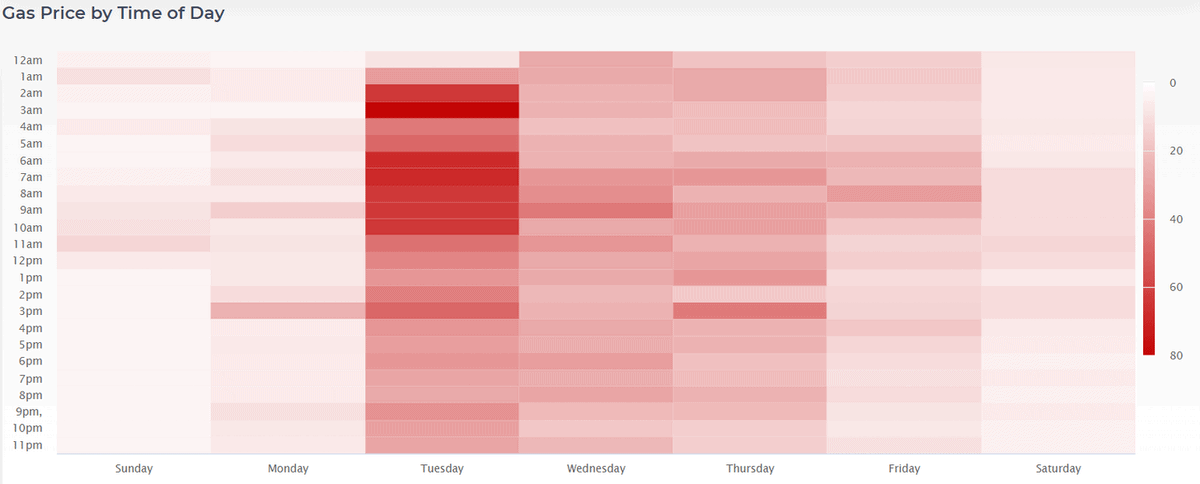In order to use most DeFi projects, you’ll have to pay transaction costs (AKA gas fees) on the chain. Gas is essential because it’s required for computational efforts to execute specific operations on a network. Gas fees on the Ethereum Network are paid in Gwei, which is .000000001 ETH. You can think of Gwei as cents to a dollar. For every transaction you make. you must set what fee you are willing to pay for your transaction to be executed, however this is done automatically for the most part. The maximum amount of gas you are willing to pay for in a transaction is called the gas limit. You must also input the gas price for each transaction as well. The gas limit x gas price = gas fee. You pay the gas fee whenever you submit a transaction, such as buying a token. When you submit a transaction, you are competing with everyone else who also wants to submit a transaction at that time. Since each person wants to have their transaction executed at the same time, and there exists only so many transactions that can be included in a block, you are effectively “competing” to have your transaction included in the next block. Each block contains only so many units of gas, which means everyone is competing against one another to have their transaction included in the next block. When demand is high, the supply is constrained. And since there are only so many transactions included in a block, the gas price must increase to accommodate demand.
